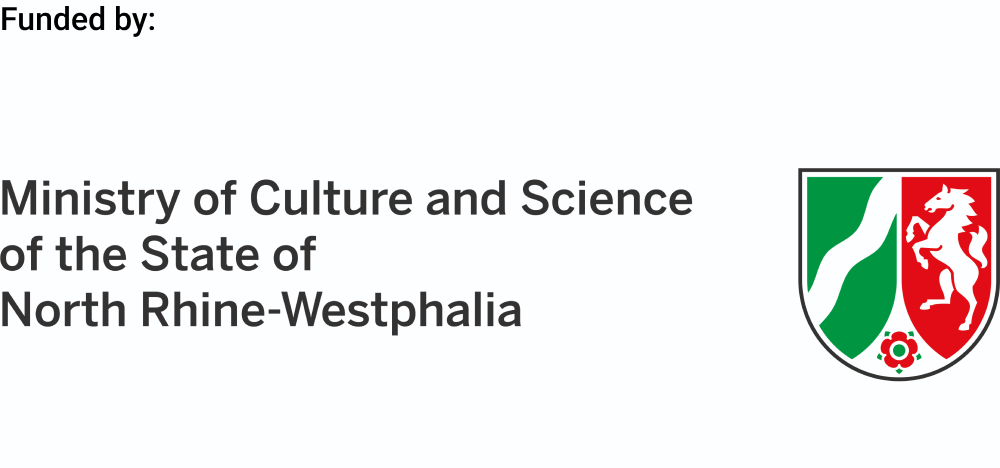Lilja Kopka and Anna Fentrop are responsible for the New Circus programme at the Ruhrfestspiele 2022. In this interview they tell us about the special features of contemporary circus, what fascinates them so much about this art form and also give a little insight into this year's programme selection.
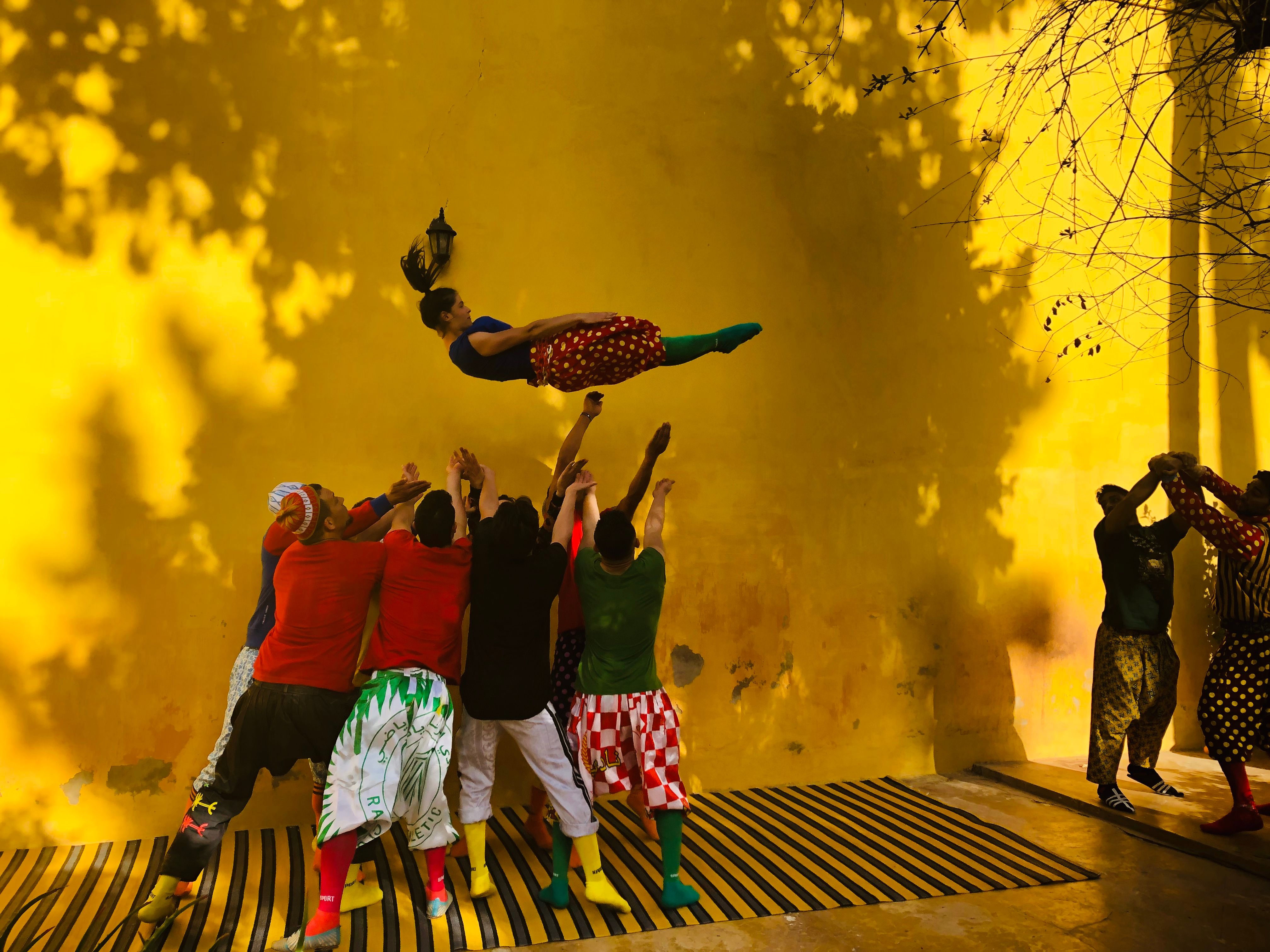
FIQ envol ©Hassan Hajjaj

FIQ envol ©Hassan Hajjaj
"Each piece is a new creation of its own."
Ruhrfestspiele 2022: What is special about the New Circus?
Name:
Lilja Kopka and Anna Fentrop
Age:
34 and 38
Birthplace / Place of residence:
Unna/ Recklinghausen and Hagen / Recklinghausen
Profession:
Programme and production staff member at the Ruhrfestspiele Recklinghausen
Links:
As in previous years, Contemporary Circus is an integral part of the Ruhrfestspiele programme this year. Most people will think of circus as acrobatics, clowning and animal training in an arena - what distinguishes Contemporary Circus from that?
Contemporary Circus is a performing art that uses acrobatics as a form of expression, but is always based on an overall concept in terms of content, aesthetics and dramaturgy. It goes beyond the spectacle of artistry, breaks with the fixed sequence of acts and stereotypes such as the classical clown characters or the circus princess on the tightrope, as we know them from the classical circus or vaudeville. Artistry is often combined with music, dance, drama or visual arts to create an interdisciplinary work of art.
What role does Contemporary Circus play at the Ruhrfestspiele and what does it have to do with theatre?
The Ruhrfestspiele has always been a festival that shows innovative formats without losing sight of a broad audience, and the New Circus fits in very well with this because it is a low-threshold offer in the most positive sense. Productions of the New Circus have been part of the programme since 1980. With the start of his directorship in 2019, Olaf Kröck has firmly established the New Circus as an independent genre in the programme planning and upgraded it as an important sector alongside the others. It is important that New Circus is recognised as a stage art in its own right, just like dance, drama, etc. Although it also takes place in marquees (also at our festival), it conquers classical stage spaces as well as unconventional locations and simply needs many more presentation venues in general.
What fascinates you personally about this new art form?
The diversity and richness of facets on so many levels: in the interdisciplinarity already mentioned, in the internationality - most artists and companies work very internationally, the pieces are often created collectively - and in the individual disciplines - from juggling and object manipulation to aerial artistry and clowning. And then, of course, there are many different aesthetics. Each piece is a new creation of its own, not a staging. And besides this inexhaustible variety, the physical, acrobatic performances of the artists are of course still fascinating.

FIQ envol ©Hassan Hajjaj
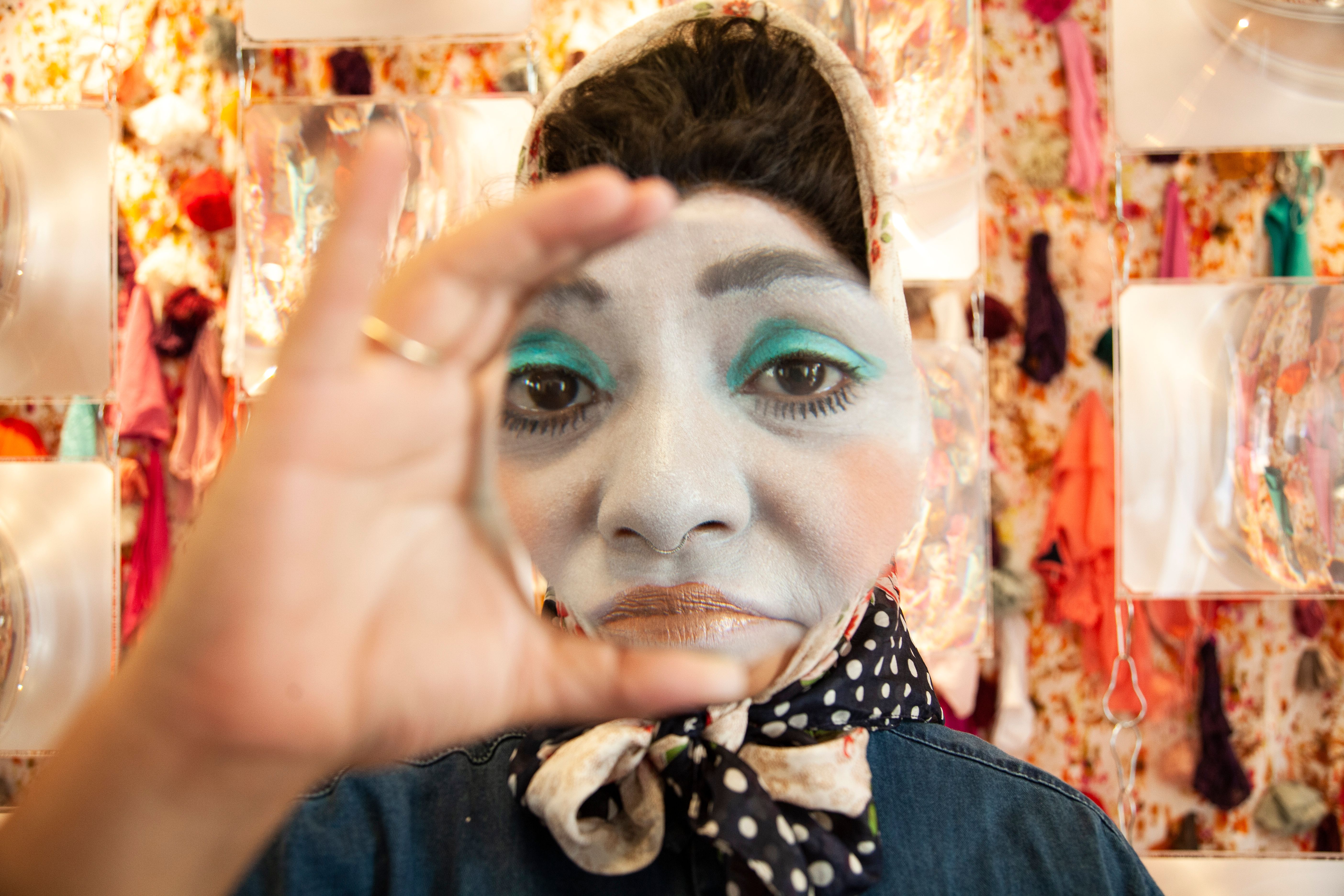
Julieta Hero image ©Antonia Fritche
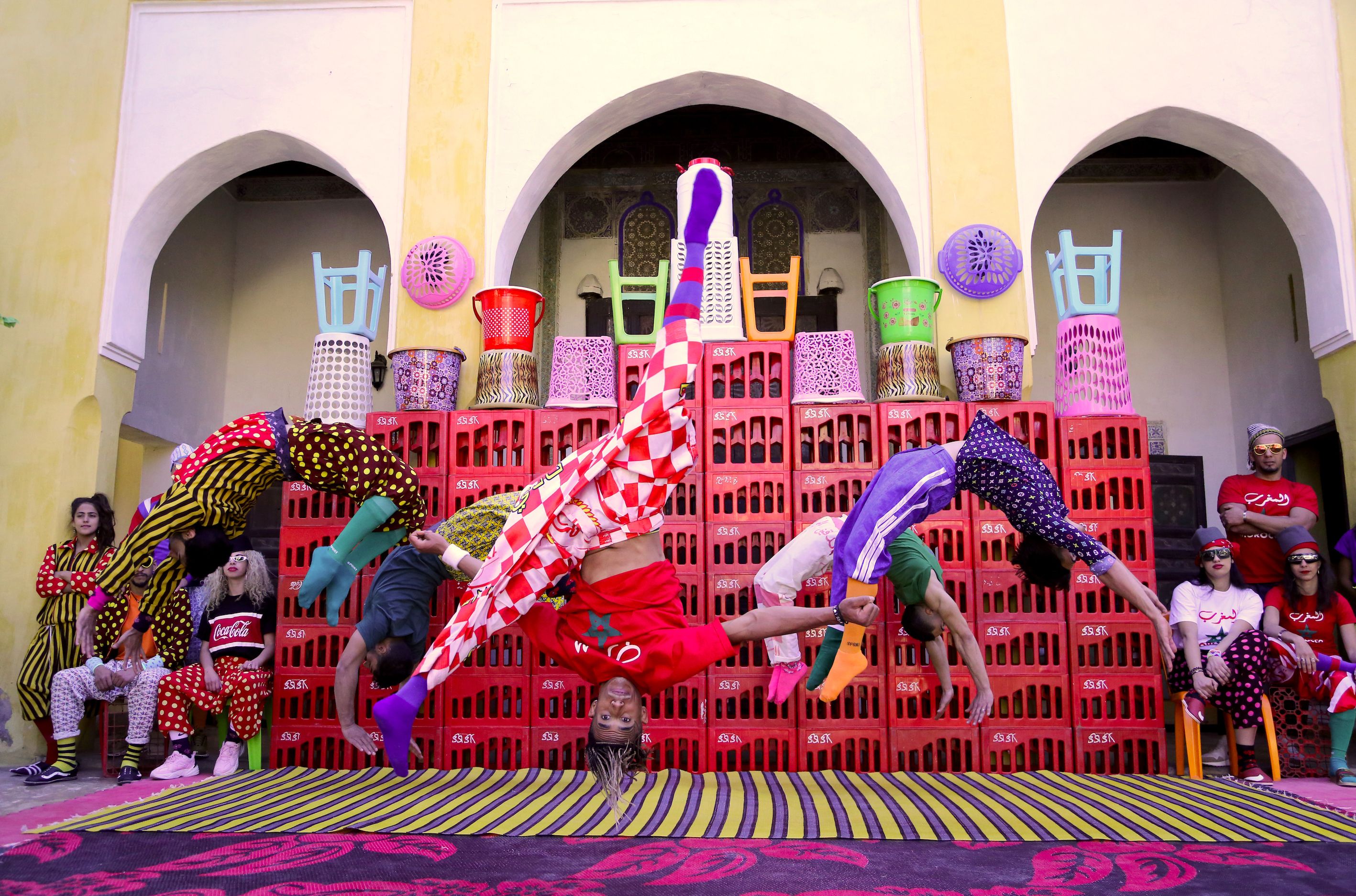
FIQ Possiblement ©Hassan Hajjaj
Will the New Circus replace the traditional circus or will it stand as an own art form?
Just as classical ballet has not disappeared because of modern dance, both have their justification and can exist side by side. The New Circus does distinguish itself from the traditional circus, but does not want to devalue it; they are simply two different art forms.
Which piece of contemporary circus can you particularly recommend to newcomers to the scene at this year's Ruhrfestspiele?
Many New Circus pieces are very low-threshold, also because language is often not so essential and acrobatics have a very affective and direct impact on the audience. The New Circus does not exclude anyone and does not require any prior knowledge. With "FIQ!", the "Groupe Acrobatique de Tanger" has created a very lively ode to Moroccan youth that combines personal stories with breathtaking acrobatics. "Absurd Hero" tells stories of failure with a very fine sense of humour, in which many audience members can certainly identify with the charismatic anti-hero. Those who enjoy watching dance pieces should not miss "Circular Vertigo", which works at the interface between contemporary circus and dance, a breathtaking duet between a dancer and a 100 kg pommel horse. The Mexican clown Gabriela Muñoz celebrates the world premiere of her piece "Julieta", a hilarious but also very touching story about growing older. The cross-section of our New Circus programme also shows the diversity and range of this genre.
How do you see the future of contemporary circus in Germany and specifically in the Ruhr region?
The New Circus is developing rapidly throughout Germany and also in the Ruhr region. The scene in NRW is very lively and there are many actors who present and produce New Circus. In 2020, some of these actors, including the Ruhrfestspiele, founded the "Bündnis Neuer Zirkus Ruhr" (New Circus Ruhr Alliance) to further network and work together on improved conditions and the further recognition and establishment of this genre. The diverse Ruhr region in particular already bundles many resources and would have the potential to become a unique location for New Circus through appropriate funding.
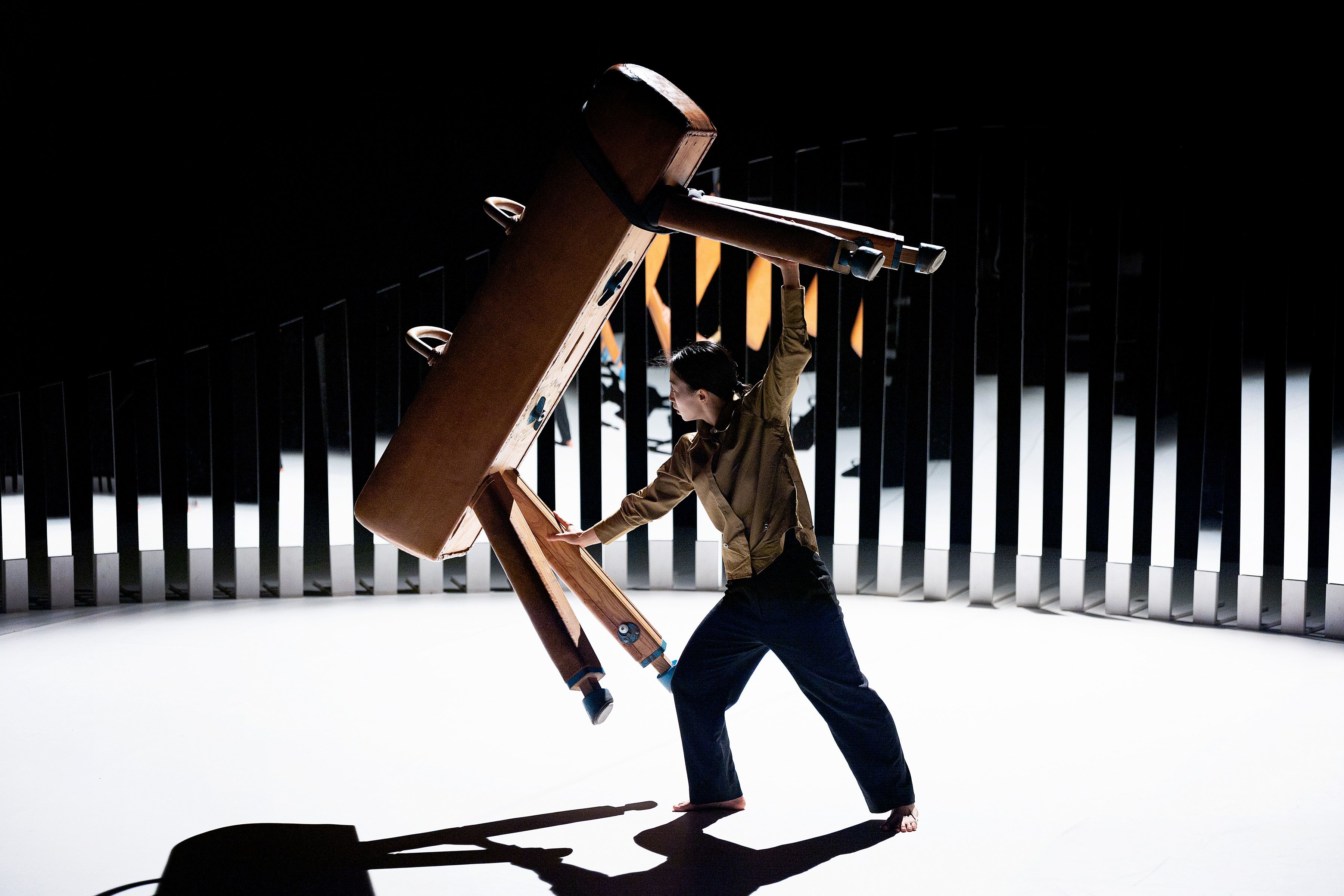
Circular Vertigo Overhead project ©Credit Stephan Glagla
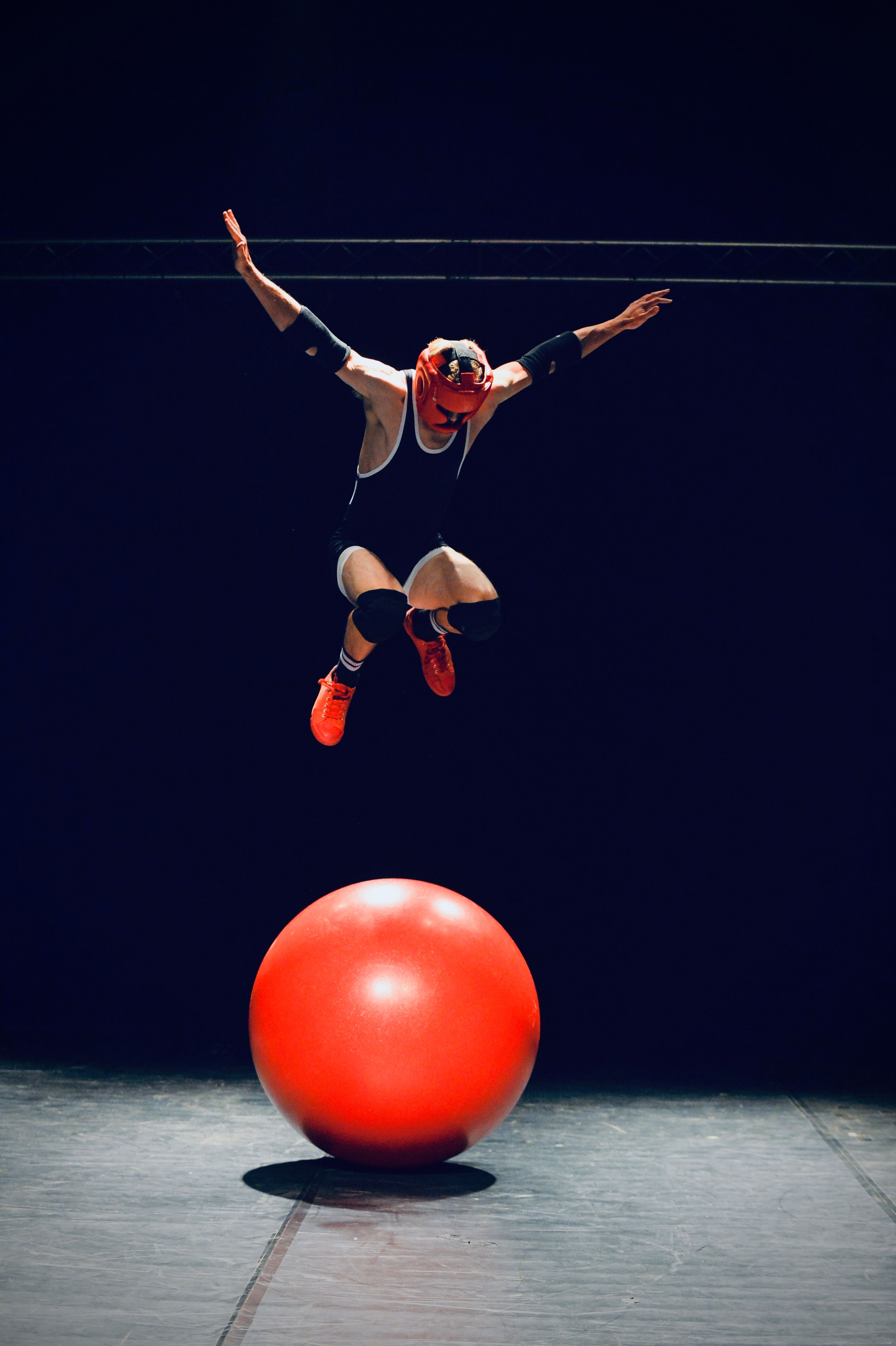
Absurd Hero ©Frantisek Ortmann

